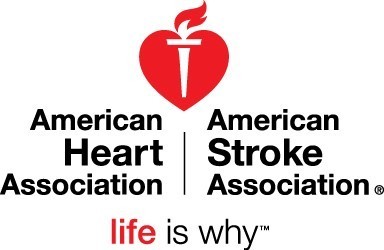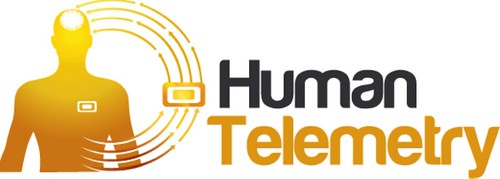
The American Heart Association today announced the top three finalists for the inaugural Chicago Open Innovation Challenge focused on discussing innovative ways to accelerate science and to better understand how to treat heart disease and stroke. Finalists were chosen after raising more than $33k in crowdfunding on MedStartr from patients, doctors, nurses, hospital leaders, professors, and concerned citizens. The three finalists will present their projects in person and compete for grants totaling $25,000 at the American Heart Association’s Heart Innovation Forum in Chicago on November 14.
Chicago Open Innovation Challenge Background
The three finalists were chosen based on total amount raised online, input from Innovation Challenge judges and MedStartr’s proprietary healthcare stakeholder engagement metrics. Representatives from each company will present at the Heart Innovation Forum, which brings together leaders in the healthcare industry to discuss innovative ways to accelerate science and to better understand how to treat heart disease and stroke.
Each project was initially selected for its potential contribution to the aims of the American HeartAssociation’s 2020 Impact Goal—to improve the cardiovascular health of all Americans by 20 percent while reducing death from cardiovascular diseases and stroke by 20 percent by the year 2020.
The top three finalists are:
1. TeleHealthRobotics.

TeleHealthRobotics provides a telerobotic platform to hospitals that enables safer and cheaper life-saving cardiac care. Their product TRUDI (Tele-Robotic Ultrasound Distance Imaging) brings together robotic hardware, control software and video conferencing to improve heart valve replacement procedures. TRUDI is developed for hospitals that perform minimally invasiveaortic heart valve replacement surgery for patients whom have aortic stenosis.
2. CardiMetrix

CardiMetrix’s invention is the Edema Sock, is designed to improve home HF monitoring for both patient and healthcare provider by guiding therapy. The Edema Sock is slipped on the foot and leg like an ankle brace, electronically measures the volume of the foot, and transmits it wirelessly to a Smartphone. The Smartphone app asks the patient about any new symptoms, and transmits the results and leg volume to a cloud that is accessible by the patient’s doctor. The daily information can be trended for comparison to the patient’s baseline, and used to determine if the patient’s therapy is sufficient, or if he is decompensating.
3. Telemetry Data Management Services

Human Telemetry routes personal health data recorded by your own pacemaker/defibrillator onto your personal smartphone via an app that can help you manage chronic diseases including Heart Failure and Heart Rhythm troubles for patients and doctors.
